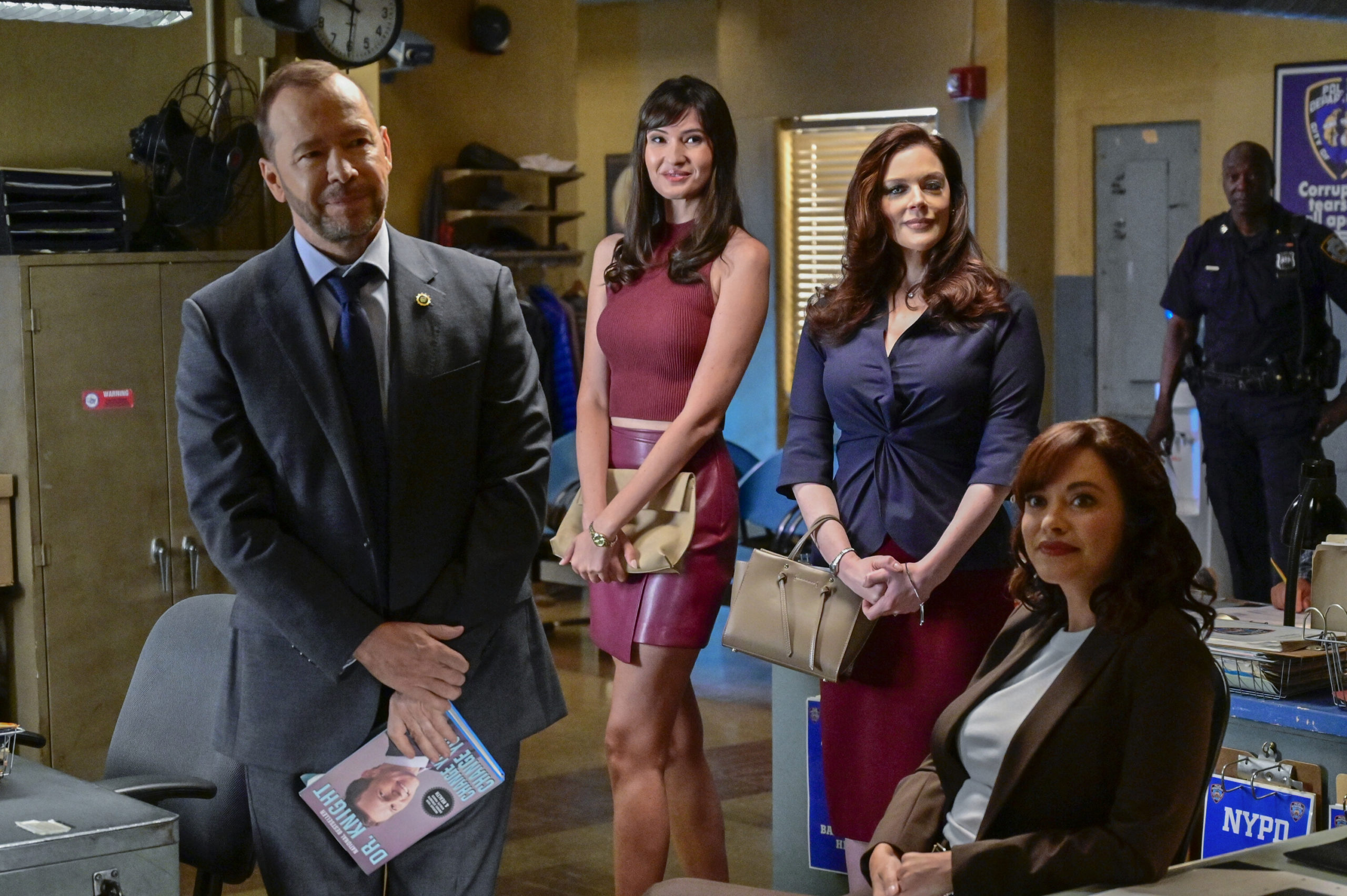Since its debut in 2010, "Blue Bloods" has captivated audiences with its realistic depiction of a New York City law enforcement family, the Reagans, and their dedication to serving justice. The series blends drama with poignant social commentary, expertly examining how policing tactics have transformed to face contemporary societal issues.
As the series progresses, viewers witness how law enforcement techniques evolve to meet the demands of changing societal norms and challenges. The show doesn't shy away from controversial topics like police brutality, racial profiling, and the mental health of officers. Instead, it provides a balanced view, acknowledging the difficulties and nuances in these matters, illustrating their impact on the methods and tactics of law enforcement.


One of the compelling aspects of "Blue Bloods" is its portrayal of internal conflict within the Reagan family as they grapple with their roles in the evolving landscape of law enforcement. This serves as a microcosm of the broader debate within society about the role of law enforcement and its relationship with the community. The series showcases the importance of change and the willingness to evolve within the police force, signaling that transformation is both possible and essential.
visit Blue Bloods TV series update Moreover, "Blue Bloods" addresses the significance of technological advancements in contemporary law enforcement activities, including its impact on surveillance methods and the analytical processes of investigations. The integration of these technologies into the storyline underlines how crucial it is to weigh the benefits of technology against ethical dilemmas, which is a consistent theme in stories involving these innovations.

In its representation of women and minorities in policing, "Blue Bloods" has evolved to more accurately reflect the diversity and challenges within the profession, though it continues to navigate the complexities of these portrayals. The series has made strides in depicting the professional and personal dynamics of women and minority characters, contributing to the broader conversation about representation and equality in law enforcement.
In conclusion, "Blue Bloods" provides audiences with an in-depth look at modern policing challenges through the engaging narrative of the Reagan family's experiences. It stands as a significant cultural artifact, reflecting the ongoing evolution of law enforcement in society.
